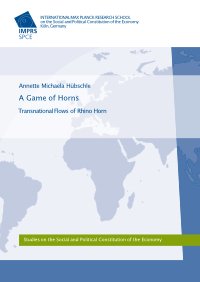By Blue Justice
The Large Ocean Nations Forum on Transnational Organised Fisheries Crime was launched at the UN City in Copenhagen on 15 October 2018. The forum was hosted by PescaDOLUS in cooperation with the Faroese Ministry of Fisheries, the Norwegian Ministry of Trade, Industry and Fisheries and the Nordic Council of Ministers. The forum, which gathered more than 80 participants from Large Ocean Nations (LONs) as well as from other countries, intergovernmental organizations and civil society, was opened by the Ministers of Faroe Islands, Palau, and Kiribati alongside high-level participants from the Nordic Council of Ministers and Norway. The establishment of the Forum on Transnational Organised Fisheries Crime built on the Large Ocean Nations Forum on Blue Growth launched in Malta in 2017. The objective of the LON Forum on Fisheries Crime was to facilitate agreement between LON participants on the particular challenges posed by transnational organised fisheries crime to LONs and the importance of cooperatively fighting such crime. Presentations from Fiji, Indonesia, Jamaica, Mauritius, Sao Tome and Principe and Seychelles highlighted the common challenges and opportunities of Large Ocean Nations and the need for cooperative action to address transnational fisheries crime towards fulfilling the Sustainable Development Goals and Blue Growth. Drawing on the content of the speeches, presentations and discussion points at the Forum, suggested ways forward are highlighted at the end of the Report. The launching of the LON Forum on Transnational Organised Fisheries Crime is a concrete first step towards fostering such cooperation, as subsequently reflected in the joint ministerial declaration agreed by the LON government representatives present at the meeting
Oslo: Blue Justice, 2019. 53p.





















